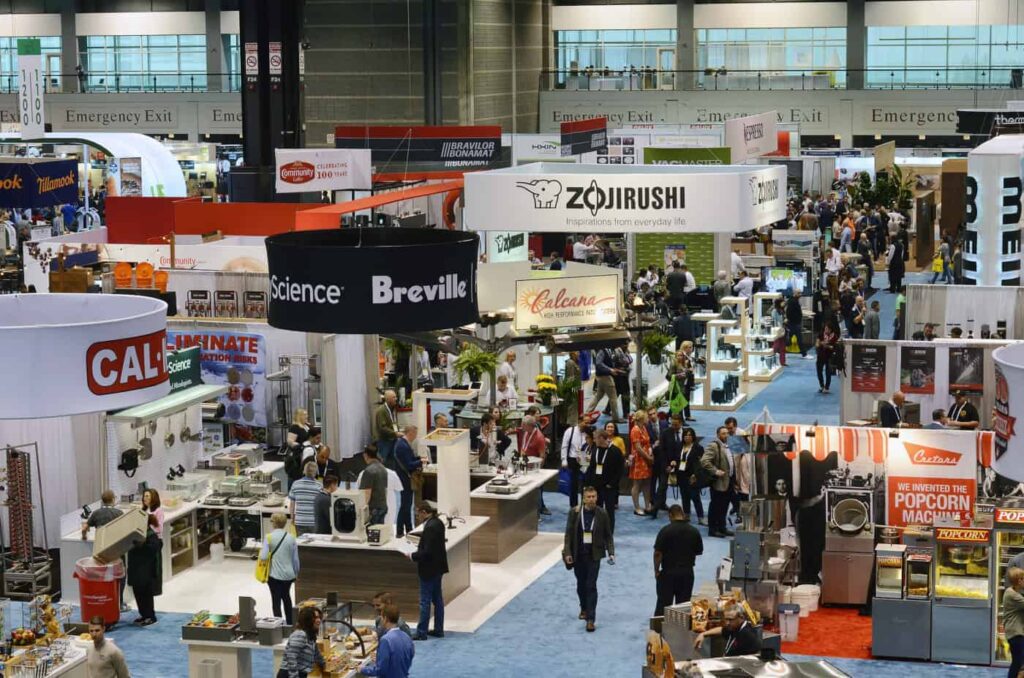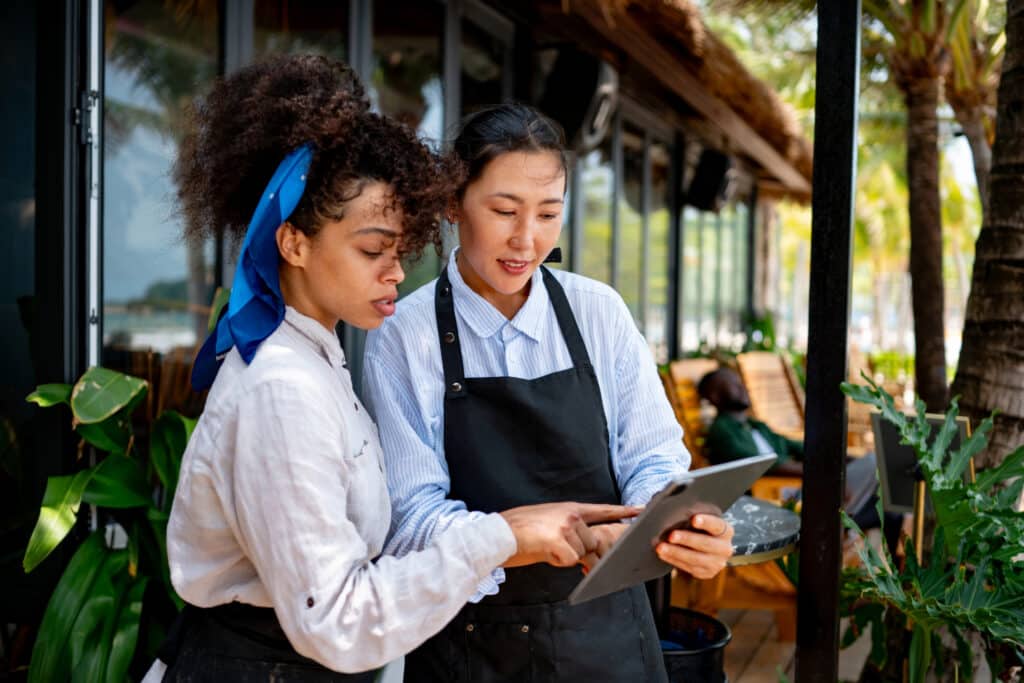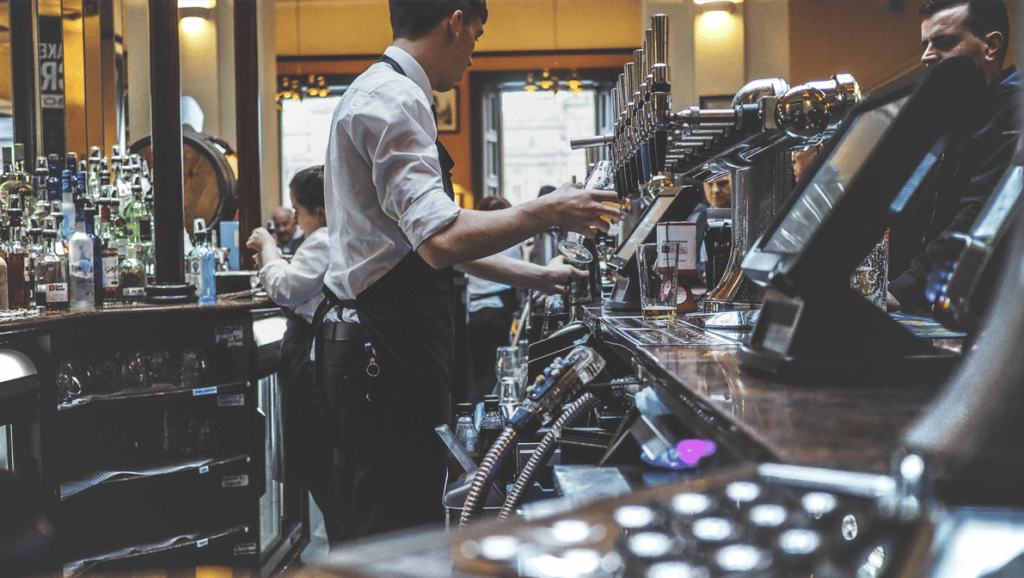When it comes to the restaurant business, success doesn’t come automatically from tasty dishes; it’s a culmination of the entire customer experience, from the moment a diner decides to make their reservation to the moment they leave your establishment. While we’ve come a long way from pen-and-paper reservations, the journey toward seamless, personalized experiences continues.
Don’t get left behind: Embrace the power of modern restaurant software and watch as your restaurant transforms into a destination known for efficiency, personalization, and unforgettable dining experiences.


